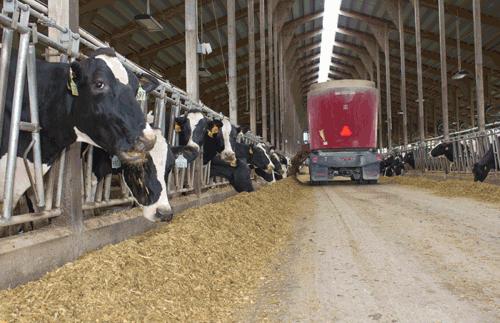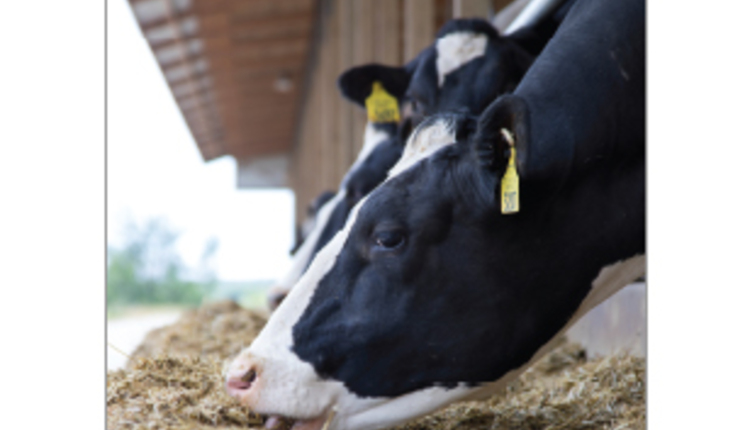The author is an extension dairy specialist at the University of Illinois, Champaign-Urbana.

Here's a look at feed additives and how they might fit your ration and your budget.

Here's a look at feed additives and how they might fit your ration and your budget.
Feed additives are ingredients added for a non-nutrient role. (For example, sodium bicarb is added as a rumen buffering agent, not a source of sodium.) Additives vary in cost from 3 to 30 cents a cow a day. The main reason to add a feed additive is to enhance cow performance based on farm conditions, research results, the additive's role, and economic returns.
Here, I outline additives in six categories that may help you and your advisors decide if an additive should be included.
The category, current status, is classified in the following ways.
Recommended: Include as needed.
Experimental: Additional research is needed before recommending.
Evaluative: Monitor individual farm situation (there will be variable responses).
Not recommended: Currently lacks economic response.
Here are the additives mentioned in the September 25, 2010 issue of Hoard's Dairyman.
For complete function, levels of feeding, cost, benefit-to-cost ratio, feeding strategy and status, see this special focus on feeding article.
- Anionic salts and products
- Aspergillus oryzae
- Biotin
- Beta-carotene
- Calcium propionate
- Choline (rumen protected)
- Enzymes (fibrolytic)
- Enzymes (starch-amylase)
- Essential oil compounds (cinnamon oil, clove oil, and/or garlic oil)
- Immune stimulation (OmniGen AF-brand name)
- Magnesium oxide
- Methionine hydroxy analog
- Monensin (Rumensin - brand name)
- Niacin (B3, nicotinic acid, and nicotinamide)
- Prebiotics (Nonviable probiotics)
- Probiotics (Bacterial direct-fed microbes)
- Propylene glycol
- Silage bacterial inoculants
- Sodium bentonite
- Sodium bicarbonate/sodium sesquicarbonate (buffer)
- Yeast culture and yeast
- Yucca extract
- Zinc methionine
The two-page full article appears on pages 620-621 of the September 25, 2010 issue.








